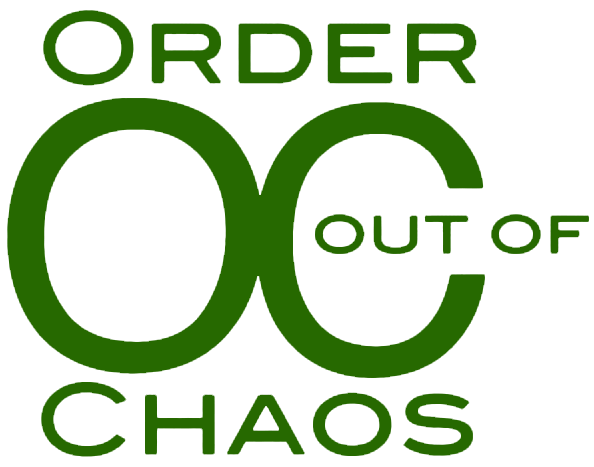What is the difference between Assistive Technology and Universal Design for Learning?
Universal Design for Learning (UDL) is the conceptual framework that is used to design technology devices, software, and learning materials to give all students equal opportunities to learn. UDL promotes creating technology tools that are flexible and can be personalized to meet the needs of each student. UDL has made a huge contribution to the development of educational and assistive technology (AT).
In the past, AT devices were designed for a specific disability and assigned to a particular student as a dedicated device. Now, more developers of software and educational technology are using the concept of UDL to incorporate the accessibility features to help students with disabilities. For example, developers now add features that allow a student with low vision to access apps.
If you would like more information on Universal Design for Learning, check out the National Center for Universal Design for Learning and CAST.
WANT MORE TIPS AND TOOLS LIKE THESE?
Sign up for our popular monthly newsletter and have our latest articles, resources and events delivered directly to your inbox. Trust us. You will LOVE it!
SIGN ME UP NOW!
LOOKING FOR MORE IDEAS TO MAKE BACK TO SCHOOL SMOOTH FOR EVERYONE?
Read our blog post, 5 Tips for an Organized and Stress Free Year!

